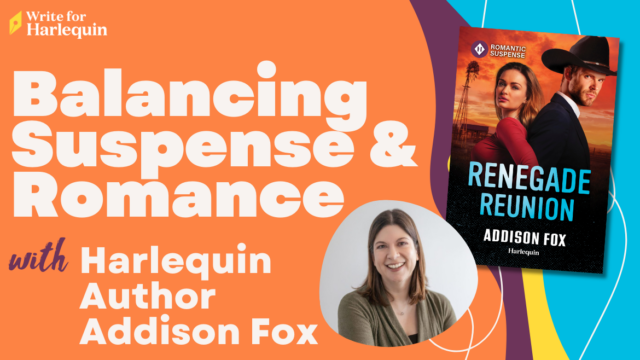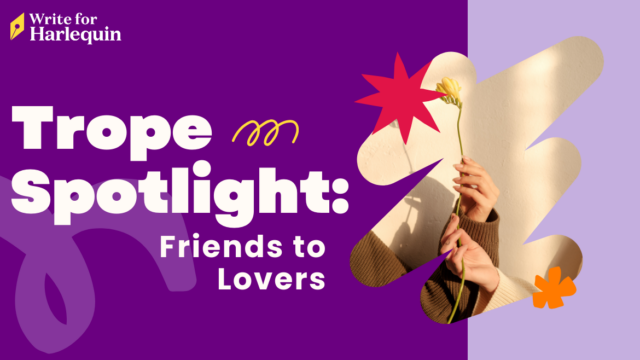This week on the blog, we’re talking you through how to bring those wonderful secondary characters who fill out your story to life!
By Grace Thiele
Bonjour, aspiring authors! It’s my pleasure to be returning to Romance 101—and I’m so excited to be writing about the use of secondary characters!
In short, this is any character aside from your hero and heroine. These feats of the imagination are a great way to build up your story and the readers’ knowledge of your central characters. However, beware—they can very easily be overused, and it’s crucial to ensure that they always serve the purpose of reinforcing your love story.
Bearing this in mind, it’s really important that secondary characters take up as little space as possible. Readers are picking up your story for heart-stopping romance, and their hearts won’t be stopping when your heroine is pouring out her problems to her best friend. Another thing to bear in mind is this—category romance is compact! In between 50,000 and 75,000 words, your two protagonists must fall completely and utterly in love, and leave the reader in the belief that they’ll be together forever. Every word you put on the page should further that goal, and at every possible point, your hero and heroine should be interacting on the page together!
But there are a few crucial ways that secondary characters can strengthen your romance. One example is conflict. Your heroine’s mother might have a cat fixation. She has, approximately, four dozen cats. Mum’s obsession with cats meant that your neglected heroine doesn’t believe herself to be worthy of love—and only through the love of the hero can she move past this.
Another example is a secondary character, perhaps a best friend or sibling, who might be able to illuminate a situation to the hero or heroine. Your hero’s brother, who knows him better than anyone else, might in utter exasperation tell the hero that of course he’s in love—he’s just in denial! But the heroine is what he needs to be completely happy.
However, and this really is the golden rule of secondary characters, these interactions should be as short and to the point as is (reasonably) possible. The heroine should divulge her feelings regarding her cat-obsessed mother to her hero, who will prove to her that she is, of course, more loveable than forty-eight felines. And the moment your hero has his revelation, he should rush to his heroine’s side to confess all! Every time your hero and heroine are talking to somebody else, just think—could they be saying this to their romantic interest?
Having said that, in some series a more expansive cast can be beneficial. For example, in a Historical romance, secondary characters can build up a sense of the culture or society your romance is taking place in. In Medical romances, they can give context to a shared working environment that shapes their lives. In Intrigue, Romantic Suspense or even Historical, a villain might add an element of danger that ups the emotional tension! All these things, ultimately, should be opportunities to have your hero and heroine connecting with each other on the page.
Finally, one Use With Caution from the editorial team. It can be very, very tempting to use the Another Man or Another Woman (be they exes or still around) plotline to spark things up—but Harlequin editors often find that these detract more than they contribute to your narrative. These characters, understandably, tend to be quite villainous, which might lead your reader to wonder why the protagonist is indulging them. On the other hand, if they’re not villainous, they might lead the reader to believe that your hero and heroine isn’t emotionally committed to their romance. If you’re going to use this plotline, it might be best to have the relevant ex firmly in the past, well off the page, serving as a strong emotional conflict but not a distraction.
And that’s it! Next time round I’ll be writing about using bestselling hooks and themes in your stories, while keeping them fresh and exciting. Cheerio possums!




